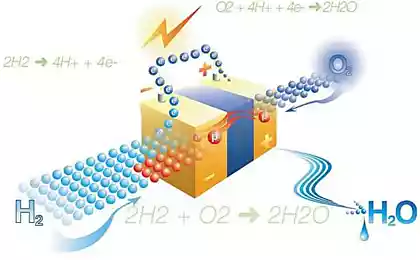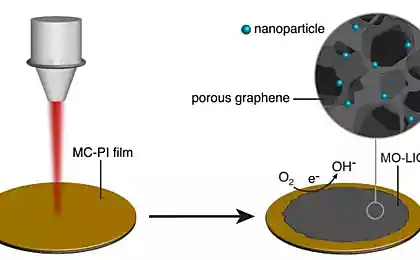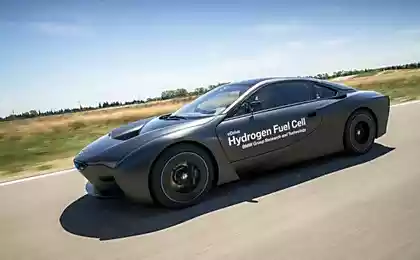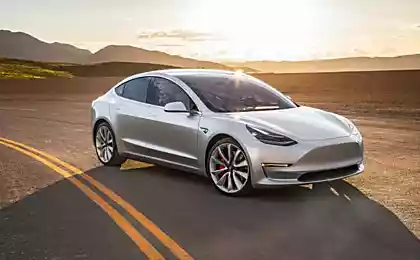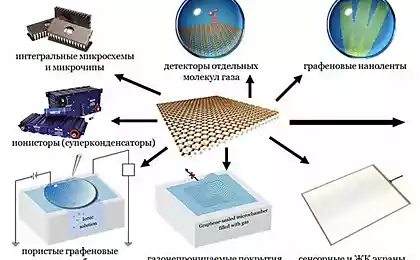902
Graphene with defects can be used in fuel cells

Normal graphene not suitable for making fuel elements because the material is transported through the protons. However, researchers from Northwestern University in Illinois, adding impurities in the structure of graphene, have shown that defects in the structure of the material leads to a more efficient transport of protons, due to which generated more electricity.
Scientists connect it with Grotthuss mechanism, according to which the proton transport in the substance of the solvent occurs in stages due to the presence between the solvent molecules hydrogen bond.
Graphene membranes are much faster and more selective, in contrast to conventional fuel cell membranes, which permit too many impurities. This technology allows you to create new batteries with improved characteristics. Thus, graphene could find their way into cars.
Proton transfer through the structure - is not the only property of graphene with defects. For example, 2 years ago, American scientists have discovered that the thermal conductivity of the defective graphene differs from conventional thermal conductivity by 60%. This property can be used in cooling systems.
Source: geektimes.ru/post/247486/
The first hydrogen tram established in China
Savvy in action or how to charge the Tesla car in an open field
